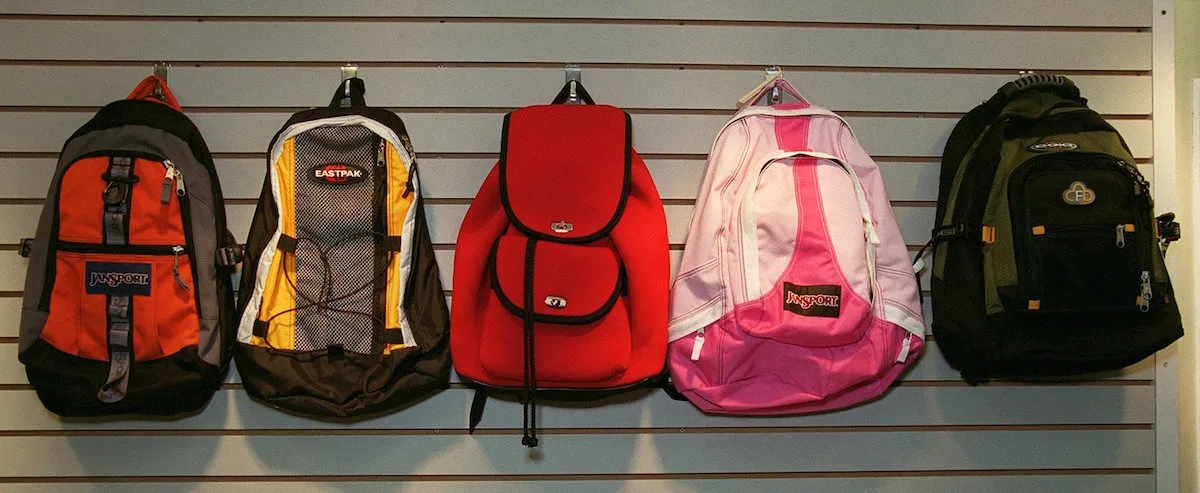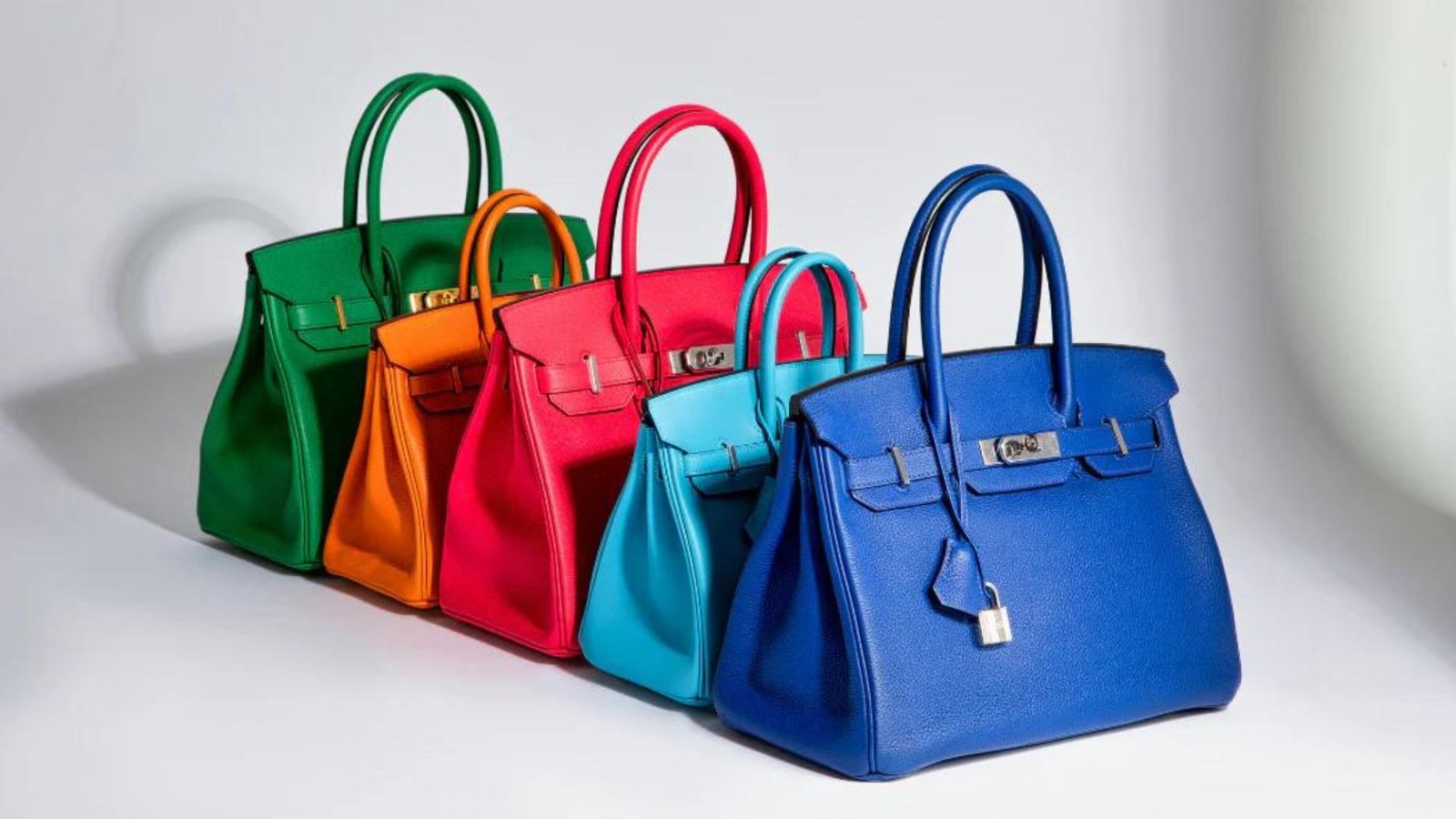The backpack has come a long way since its humble beginnings as a practical tool for carrying books and supplies. Today, it serves various purposes, from school essentials to high-fashion statements. This article explores the evolution of the backpack, highlighting its transformation into a stylish accessory.
Early Beginnings
Practical Origins
The concept of the backpack dates back centuries, with early versions used by hunters and travelers to carry goods. Traditionally made from natural materials, these bags focused on utility rather than style. The modern backpack began to take shape in the early 20th century, primarily serving students and outdoor enthusiasts.
School Necessity
By the 1950s, the backpack became a staple in schools. Children relied on them to carry heavy textbooks and school supplies. Early designs were simple, often featuring two straps and a large main compartment. As education expanded, so did the need for functional yet comfortable backpacks.
Rise of the Outdoor Backpack
Advent of Outdoor Activities
In the 1960s and 1970s, the backpack gained popularity among hikers and campers. Outdoor brands began to innovate, introducing specialized designs that focused on durability and comfort. Materials like nylon and reinforced stitching became common, catering to the needs of adventurers.
The Birth of the Daypack
As outdoor activities gained traction, daypacks emerged as a lightweight alternative for short trips. These bags combined functionality with style, appealing to a broader audience. With padded straps and ergonomic designs, daypacks offered comfort for everyday use, paving the way for their later fashion-forward evolution.

The Backpack in Fashion
1980s and 1990s Trends
The 1980s and 1990s marked a significant turning point for backpacks. As streetwear and casual styles became mainstream, brands like JanSport and Eastpak popularized the backpack as a fashion statement. Bright colors, bold patterns, and unique designs attracted youth culture, transforming the backpack into a must-have accessory.
Luxury Brands Join In
By the 2000s, luxury fashion brands recognized the backpack’s potential. Designers like Chanel and Gucci began to create high-end versions, incorporating premium materials and sophisticated designs. The backpack evolved into a status symbol, combining practicality with luxury.
Contemporary Trends
Function Meets Fashion
Today, backpacks continue to merge functionality with style. Brands focus on versatile designs suitable for various settings—whether heading to work, school, or a weekend getaway. Modern backpacks feature innovative designs, such as multiple compartments, tech-friendly pockets, and stylish silhouettes.
Sustainable Choices
With growing awareness of environmental issues, sustainable backpacks have gained popularity. Many brands now offer eco-friendly options made from recycled materials. This shift reflects consumers’ desires for both style and responsibility, making sustainability a key factor in contemporary fashion.
Conclusion
The evolution of the backpack from a practical school necessity to a fashionable accessory illustrates its adaptability. Today’s backpacks combine functionality, comfort, and style, catering to diverse needs and preferences. As fashion trends continue to evolve, the backpack remains a timeless staple in wardrobes worldwide.




